Oilseed Rape, Rapeseed or just Rape (Brassica napus) is a popular and important crop. However, it can also be found growing wild, at least here in the Palatinate. I found some of the Rape plants shown here in a parking lot.
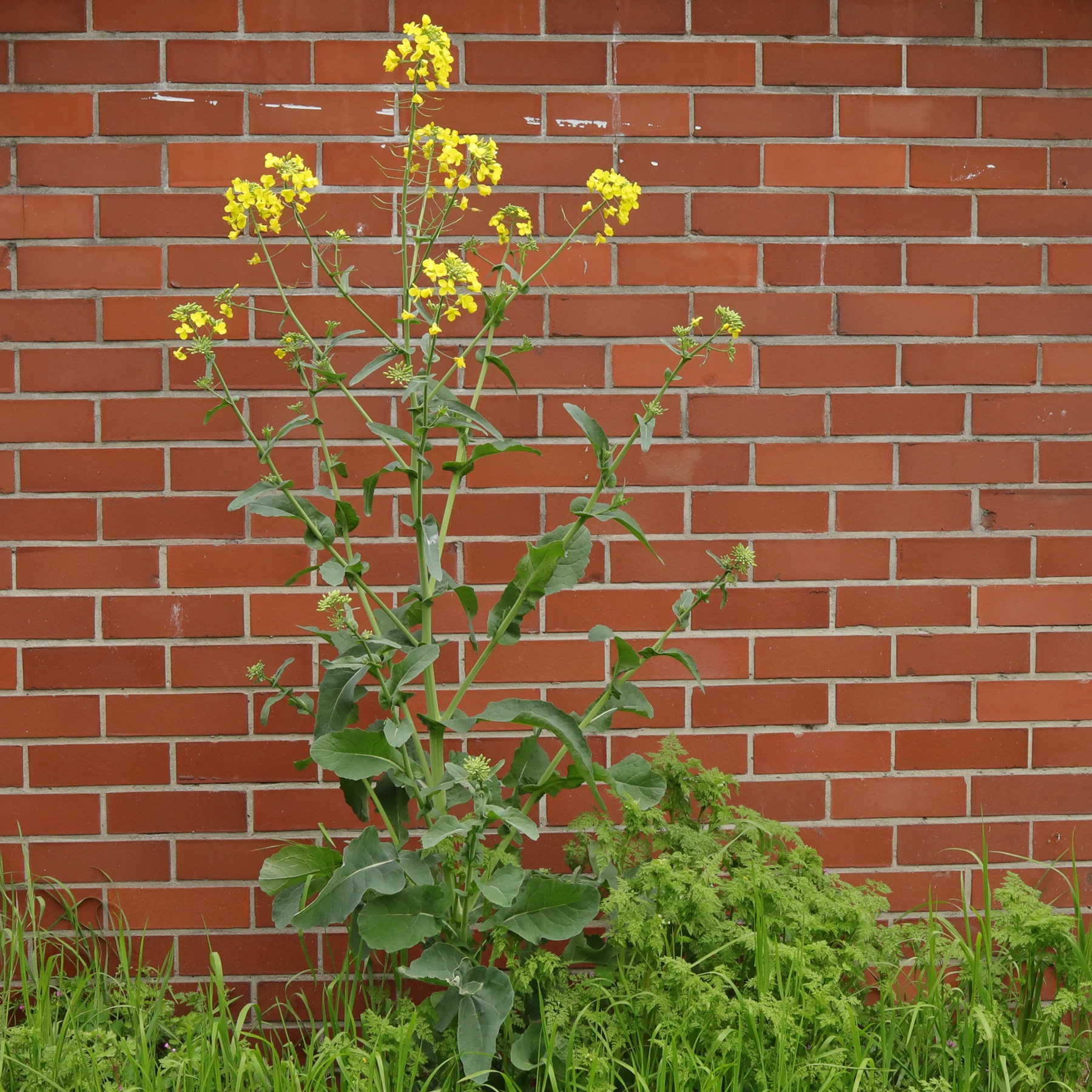
Oilseed Rape grows as an annual or biennial. If the seeds germinate in the autumn, the plants will not flower until the following spring. Depending on location and cultivar, they can grow up to 1.5 metres high.
Here in Germany, wild Rape flowers from April to September.
Brassica napus grows best in partly to fully sunny places with humusy, slightly loamy and evenly moist soil.
Oilseed Rape is often found along roadsides, motorways and railway embankments.
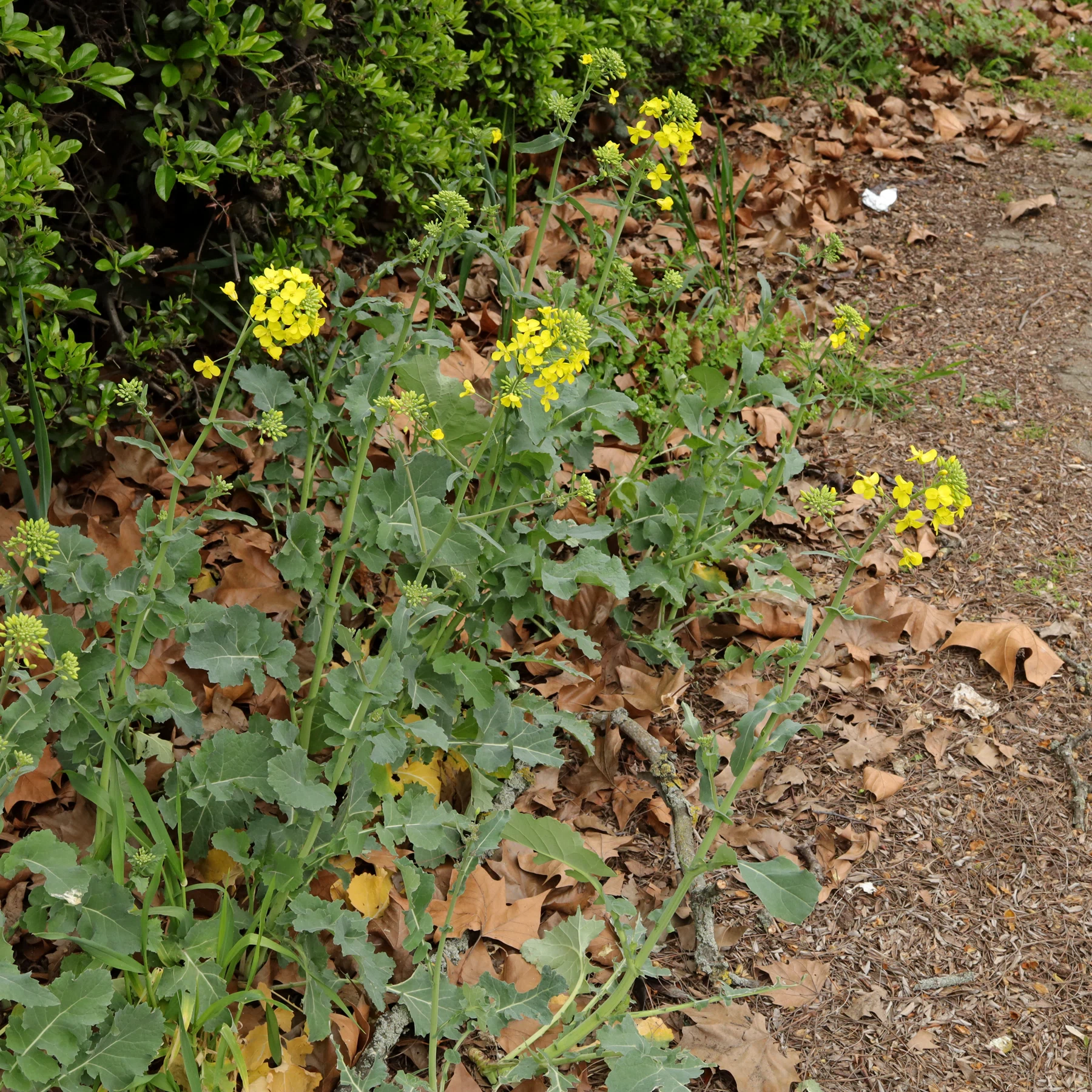
Oilseed Rape as a biotope
Anyone who has had Rape and other brassicas in the garden will know that these cruciferous plants are very popular with certain insects. These include butterflies such as the Cabbage Butterfly and the Cabbage Whitefly (Aleyrodes proletella).
Less popular is Anthomyia procellaris, pictured below. However, it only nibbles at the pollen and nectar of the Rape plants and does not damage them.

Botany
Brassica napus is a hybrid between Brassica oleracea (Cabbage) and Brassica rapa (Turnip) – source.
There are two subspecies of Oilseed Rape, one of which is the Rutabaga (Brassica napus subsp. rapifera).


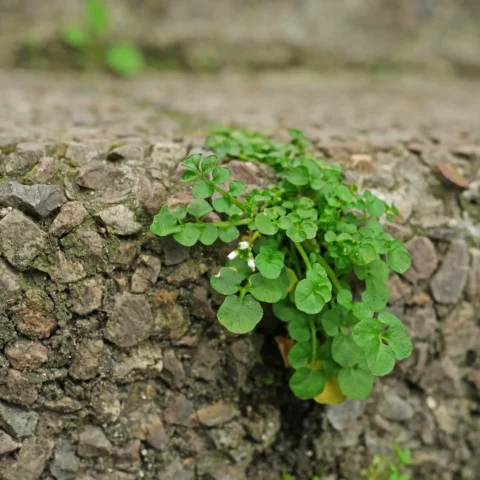 Hairy Bittercress
Hairy Bittercress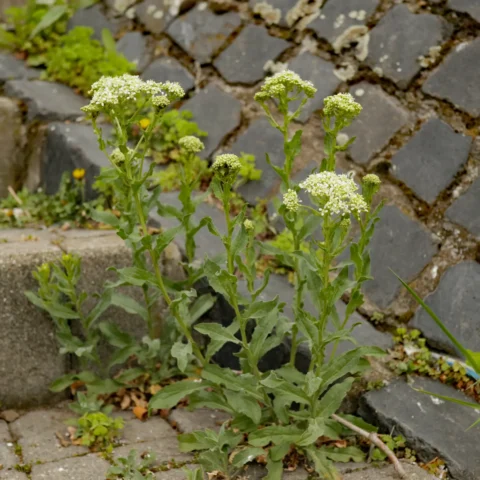 Hoary Cress, Whitetop
Hoary Cress, Whitetop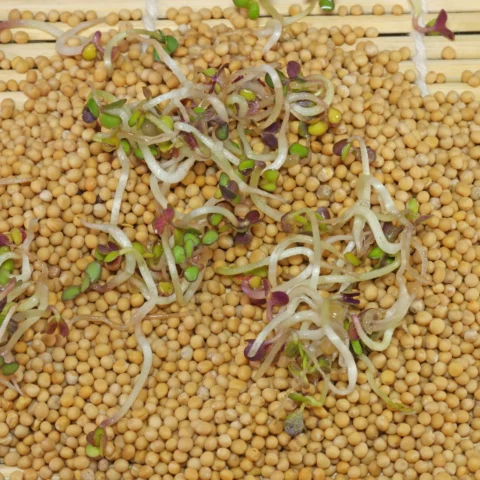 Mustard Sprouts
Mustard Sprouts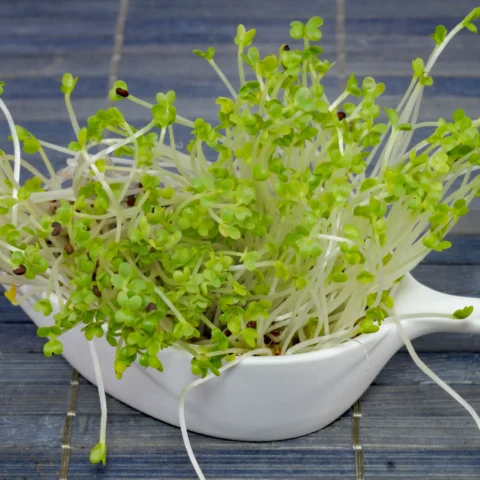 Rapeseed
Rapeseed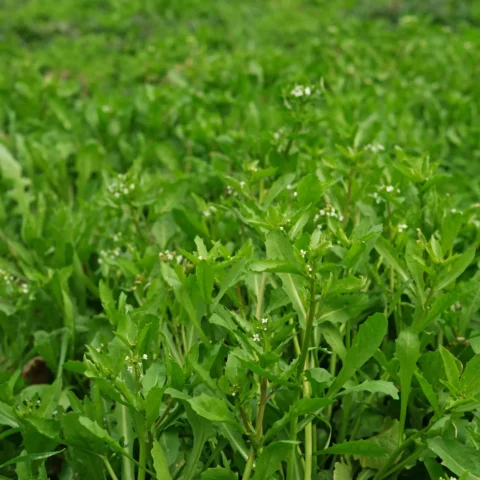 White Ball Mustard
White Ball Mustard